
NIST 800-53: A Comprehensive Guide to Strengthening Security and Compliance
NIST 800-53: A Comprehensive Guide to Strengthening Security and Compliance
Organizations face increasing challenges to protect sensitive data and maintain compliance with stringent regulations. One of the most comprehensive frameworks to address these challenges is NIST Special Publication 800-53. Developed by the National Institute of Standards and Technology (NIST), this framework provides a robust set of controls to safeguard information systems and organizations.
What is NIST 800-53?
NIST 800-53 is a catalog of security and privacy controls designed to help organizations:
- Protect information systems from cyber threats.
- Maintain compliance with federal and industry regulations.
- Foster a proactive security posture by addressing emerging risks.
Initially created for U.S. federal agencies, the framework is now widely adopted across industries to ensure comprehensive protection and compliance.
Key Objectives of NIST 800-53
- Standardization: Establish a consistent approach to securing information systems.
- Scalability: Cater to organizations of varying sizes and industries.
- Risk Management: Focus on identifying, assessing, and mitigating risks.
- Privacy Protection: Incorporate privacy controls to safeguard personal information.
Core Structure of NIST 800-53
The framework is organized into 20 control families, each addressing a specific area of security or privacy. Notable families include:
- Access Control (AC): Managing permissions and access to sensitive systems.
- Incident Response (IR): Preparing for, detecting, and responding to security incidents.
- Risk Assessment (RA): Identifying and evaluating risks to operations and data.
- System and Communications Protection (SC): Ensuring secure communication channels.
- Privacy Controls (PT): Protecting personally identifiable information (PII).
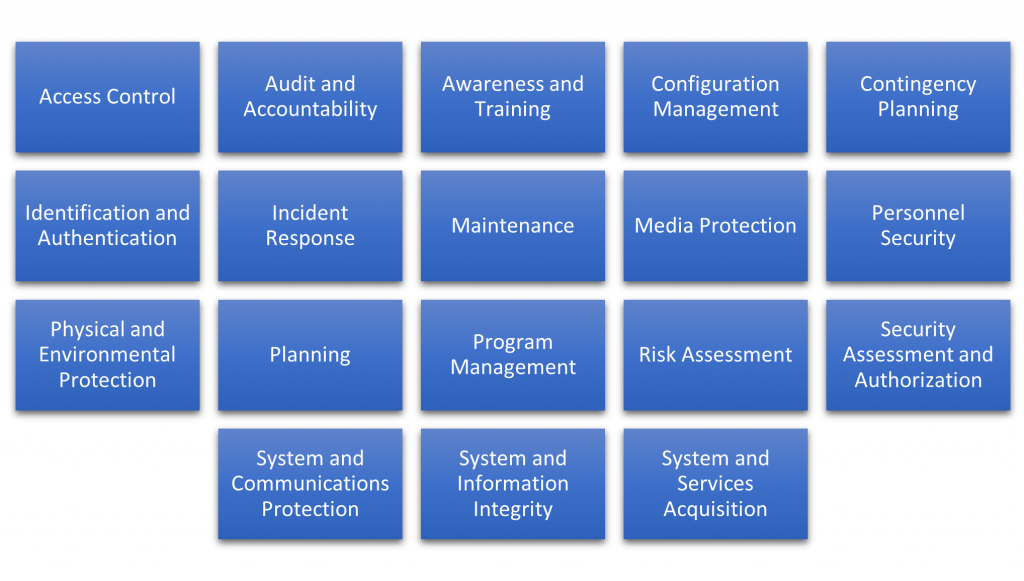
How GRC Platform Supports NIST 800-53 Compliance
Achieving NIST 800-53 compliance can be complex, but platforms like Risk Cognizance simplify the process with integrated solutions. Here’s how Risk Cognizance helps organizations align with NIST requirements:
Automated Control Mapping:
Risk Cognizance automatically maps organizational policies and practices to NIST 800-53 controls, reducing manual effort and ensuring alignment with the framework.
Attack Surface Management:
The platform identifies and monitors vulnerabilities across the organization’s systems, ensuring compliance with key controls related to risk assessment and system security.
Third-Party Risk Management:
Risk Cognizance evaluates vendor and partner compliance with NIST standards, reducing supply chain vulnerabilities and ensuring accountability.
Continuous Monitoring and Reporting:
With real-time analytics, Risk Cognizance enables organizations to track control performance, detect potential risks, and generate compliance reports for audits.
AI-Driven Insights:
Artificial intelligence streamlines risk detection and prioritization, allowing organizations to focus on critical areas while maintaining compliance.
Privacy and Data Protection:
The platform integrates privacy controls to safeguard sensitive data and ensure compliance with regulations tied to NIST 800-53 standards.
Benefits of Risk Cognizance for NIST Compliance
By leveraging Risk Cognizance, organizations gain:
- Streamlined Implementation: Automated workflows simplify the adoption of NIST 800-53 controls.
- Improved Efficiency: Integrated tools reduce manual processes and increase accuracy.
- Enhanced Security Posture: Continuous monitoring ensures risks are identified and mitigated in real time.
- Audit-Ready Documentation: Comprehensive reporting capabilities simplify regulatory audits and demonstrate compliance.
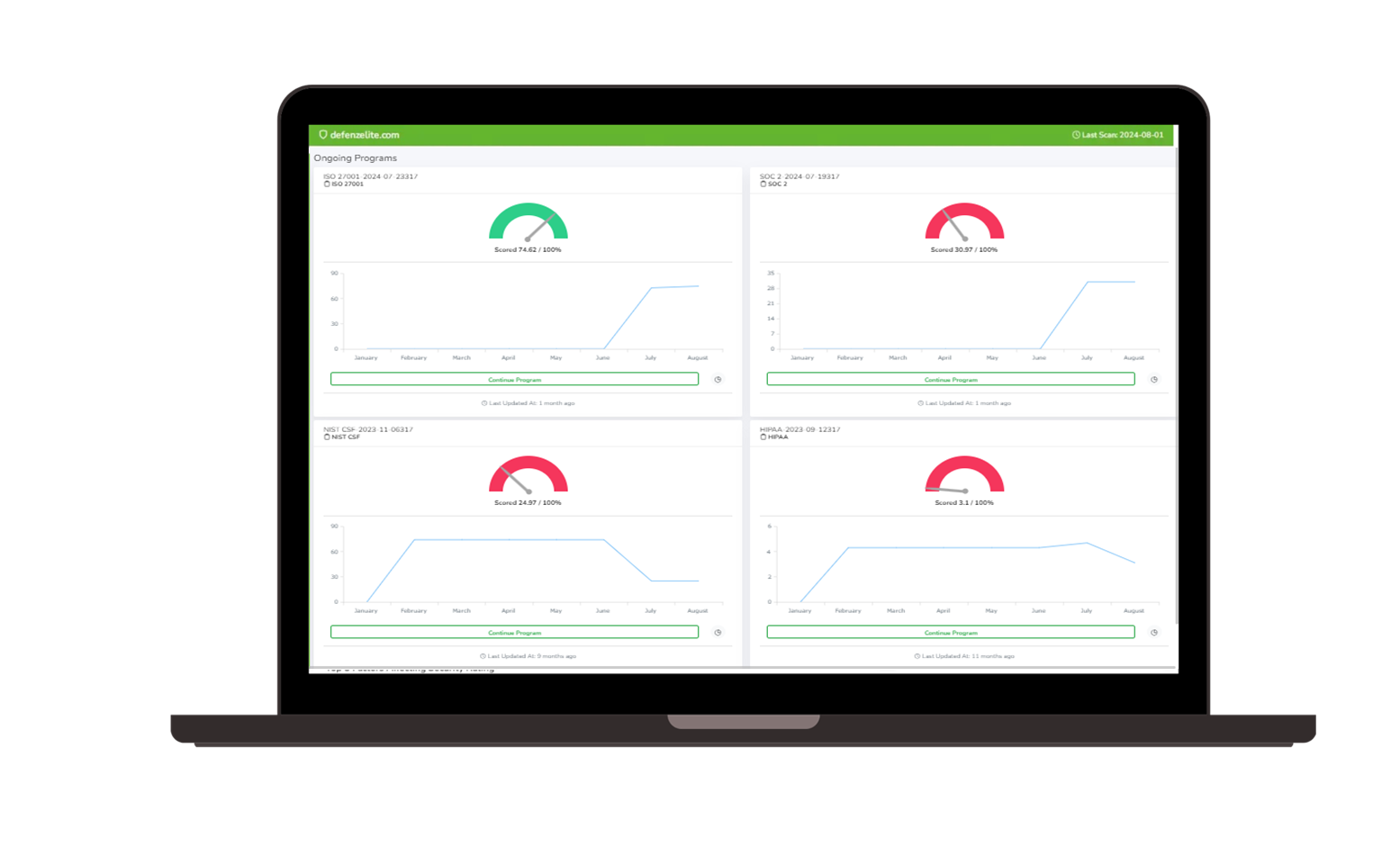 | 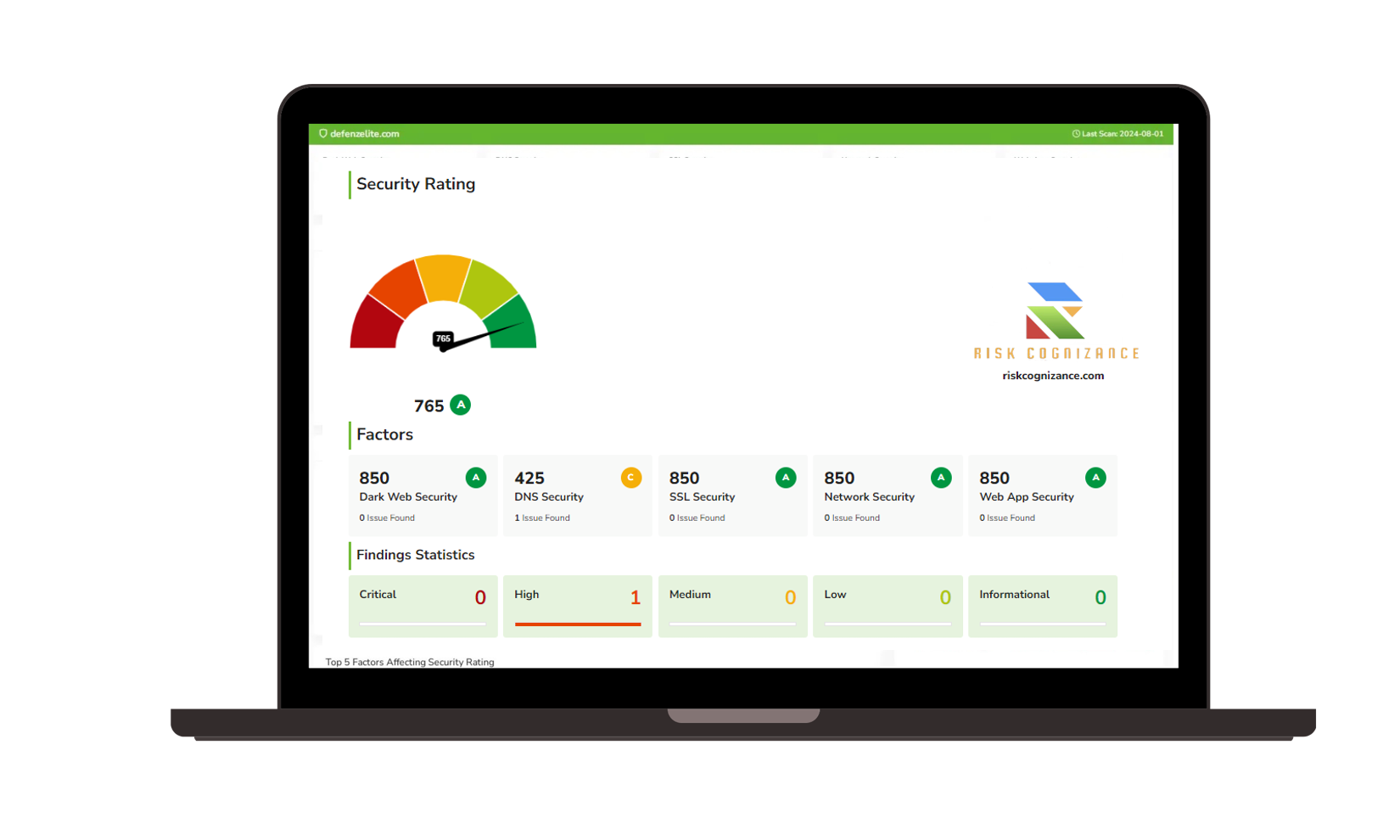 |
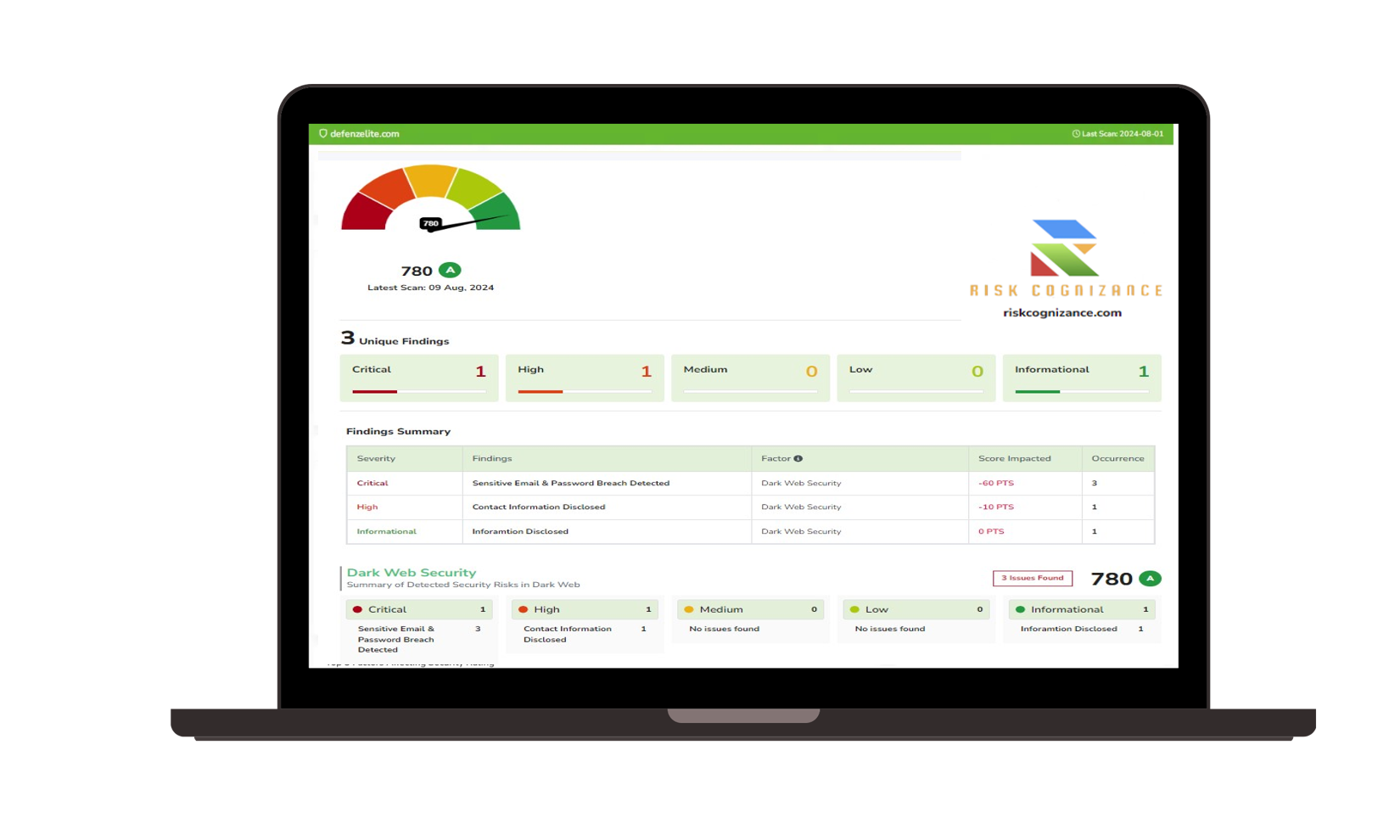 | 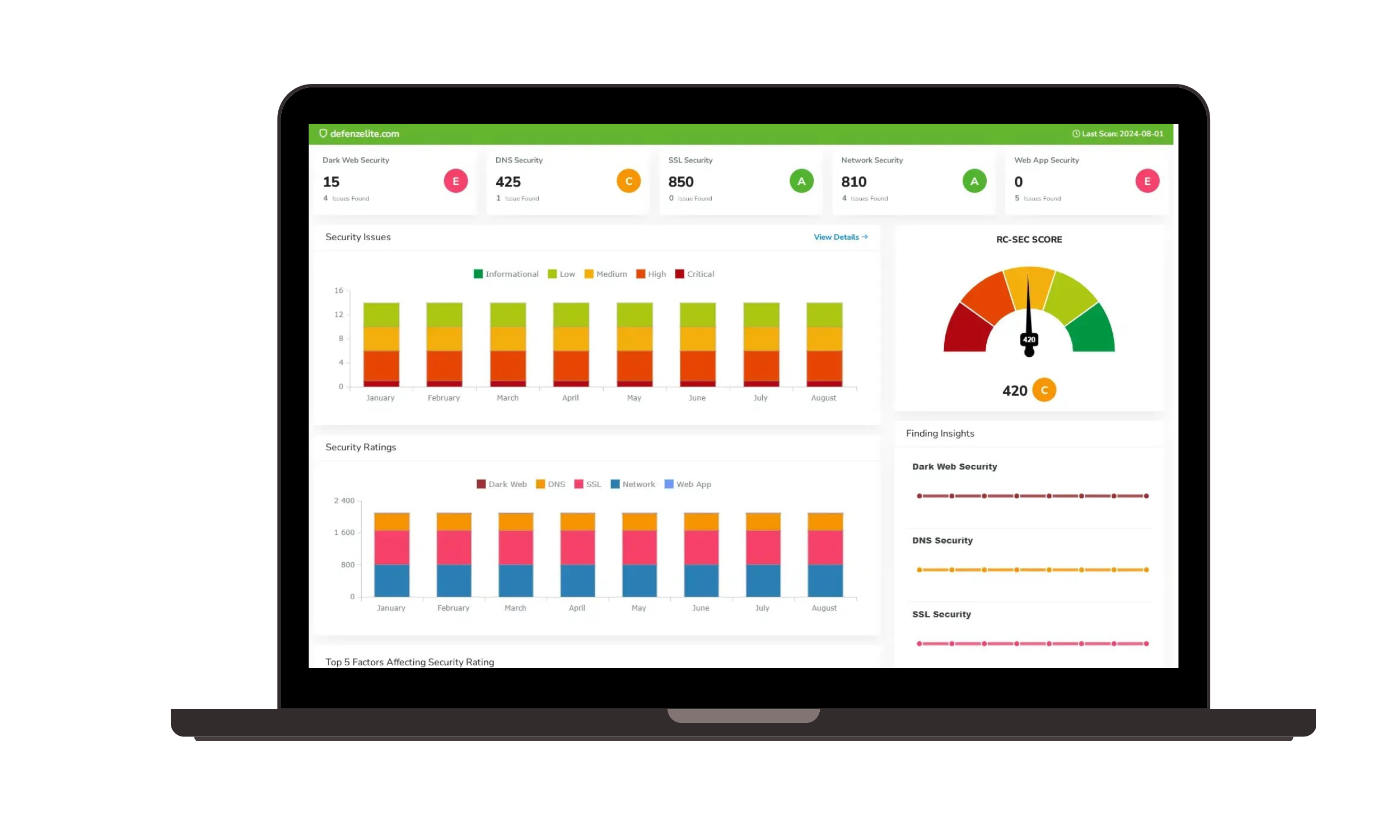 |
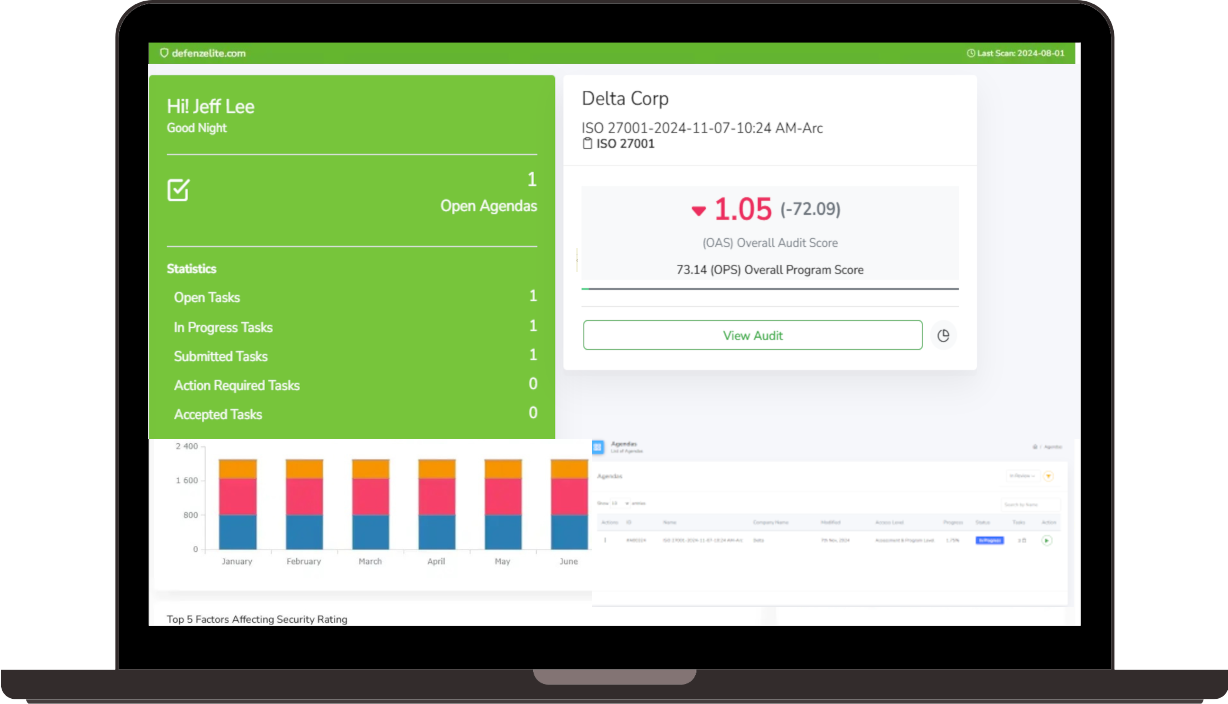 | 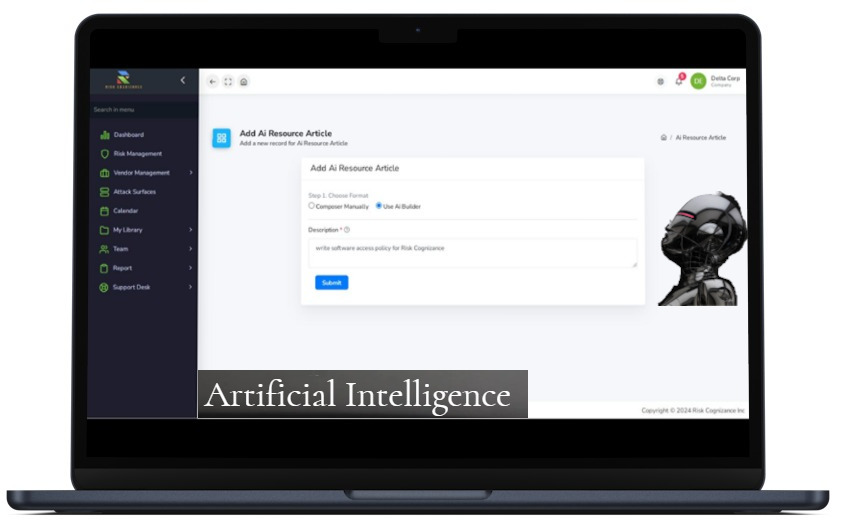 |
Conclusion
NIST 800-53 is more than just a compliance framework—it’s a strategic tool for building a resilient cybersecurity posture. Platforms like Risk Cognizance empower organizations to not only achieve compliance but also enhance their overall security strategy.
By integrating advanced features such as attack surface management, third-party risk monitoring, and AI-driven insights, Risk Cognizance ensures that organizations can confidently navigate the complexities of NIST 800-53 compliance while staying ahead of emerging threats.
With the right tools and a proactive approach, achieving compliance becomes a seamless process, paving the way for stronger security and long-term success.

.jpeg)
